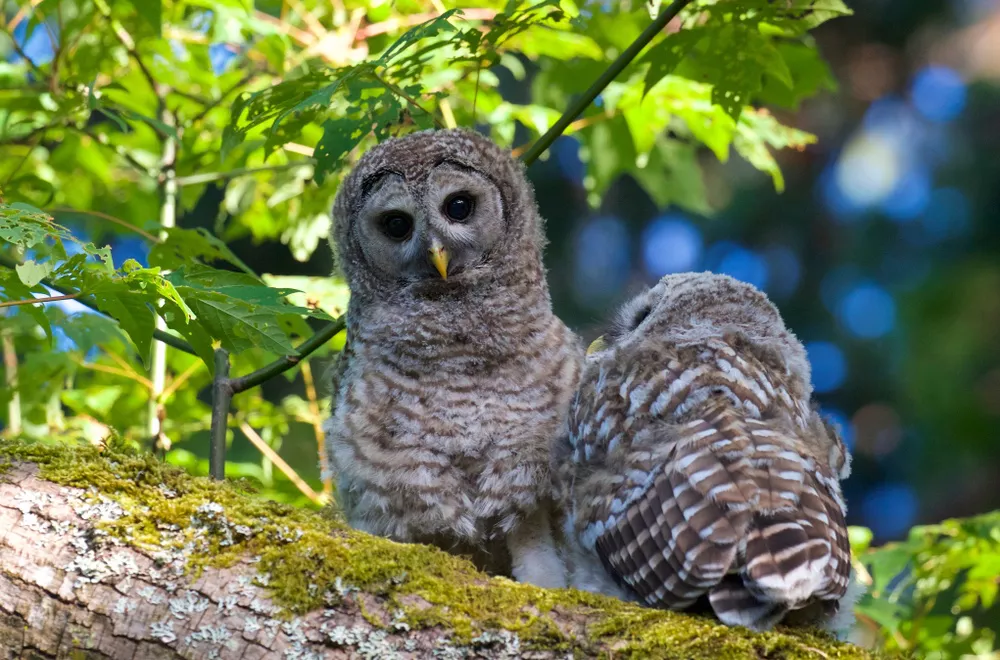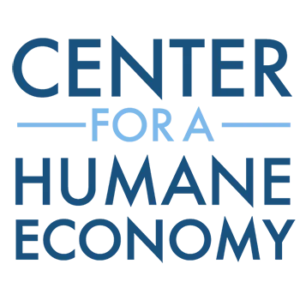Hilary Franz says killing scheme costly, unworkable and may result in adverse collateral effects
Seattle, WA — Hilary S. Franz, Commissioner of Public Lands for Washington state, wrote yesterday to U.S. Secretary of the Interior Deb Haaland with “concerns about the plan to kill nearly a half-million barred owls over the next three decades” and expressed alarm at a “cost estimate at $235,000,000 over the 30-year time horizon.” Her letter is posted here.
Commissioner Franz reacted to a proposed action by the U.S. Fish and Wildlife Service calling for killing of nearly 500,000 barred owls in California, Oregon, and Washington over the next three decades to reduce competitive pressures adversely affecting the threatened Northern spotted owl and the California spotted owl. The agency took public comments for 60 days, concluding that process on Jan. 16 and a final decision is pending.

Some weeks after the comment period closed, 75 other organizations, led by Animal Wellness Action and the Center for a Humane Economy, wrote to Secretary Haaland with concerns about the impracticality of the plan, its price tag of nearly a quarter-billion dollars, and their moral concerns about amassing an enormous body count of barred owls, protected under the Migratory Bird Treaty Act as a North American native species. The list of organizations signing that letter has now swelled to 129 and now includes 20 local Audubon society chapters, including several in Washington State.
“While I understand the intention of the federal government to take bold action to save the Northern spotted owl — a species listed as “threatened” under the federal Endangered Species Act — I am concerned this plan does not fully consider the unintended consequences and could be unworkable given the scale of the overlapping habitat for barred owls and spotted owls,” wrote Commissioner Franz, who is concluding her second term in overseeing 3 million acres of public lands in Washington state.
Animal Wellness Action and the Center for a Humane Economy applauded Franz for raising concerns about the federal agency’s plan, which would, if executed, be the largest raptor slaughter ever conducted in the world.
“Especially in an era of climate change, we cannot target species in this sort of ruthless way, especially as species adapt to human alterations of the environment,” said Wayne Pacelle, president of Animal Wellness Action. “Commissioner Franz is right to ask the Fish and Wildlife Service to hit the brakes on a plan to kill North American forest owls on a mind-bending scale.”
Former FWS forest owl biologist Kent Livezey noted, in a peer-reviewed paper, that 111 other native bird species engaged in “recent” range expansion, and with 14 of them over an area larger than barred owls.
The organizations noted that competition between rare species and more abundant species will only increase in the years ahead.
“Would USFWS seek to kill entire pods of Puget Sound orcas if they are eating endangered salmon, or perhaps if ocean temperature changes and they migrate to Hawaii to begin feasting on endangered monk seals?” asked Jennifer McCausland, a senior vice president with the Center for a Humane Economy based in Seattle. “Where does it all end if we go down this road of trying to manage social relationships between species that land in the same space because of human effects on the land or within the oceans.”
The organizations note that USFWS has had some limited success with wildlife-control or wildlife-eradication plans on islands or contained ecosystems, but not in an area covering 24 million acres and across 17 national forests.
“While USFWS did not attach a cost for the plan, conservative estimates from outside sources put the cost estimate at $235,000,000 over the 30-year time horizon,” noted Franz. “In the world of threatened and endangered species management plans and recovery efforts, that is a vast sum. That kind of expense inevitably means that other endangered species programs will be impacted. Given finite resources, I do not believe we can look at this problem in isolation.”

